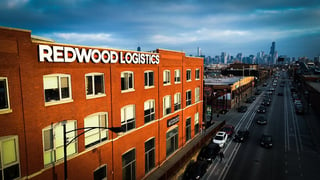REDWOOD LOGIN
Redwood PortalLTL
SCS
SCS Support
Rockfarm

This post starts our series on all things freight claims. We will begin with the basics: what are freight claims, insurance, liability and the specific types of freight claims. Throughout the series, we will dig deeper into how to best file claims, and ensure you are getting the full amount you deserve.
The fact of the matter is, especially with less than truckload (LTL) shipping, damages and loss of freight happens. This is more prevalent with LTL freight due to the number of times the freight is handled, moving through the hub and spoke system, making freight claims even more important in our industry.

A freight claim is defined as a legal demand by a shipper or consignee to a carrier for financial reimbursement for the loss or damage of a shipment. They can also be referred to as shipping claims, cargo claims, transportation claims, or loss and damage claims.
The goal of a freight claim is for the carrier to rectify the situation so that the carrier or consignee feels they are in the position as if the carrier had completed their tasks according to the Bill of Lading (BOL). Therefore, claimants are expected to file claims to recover their costs not including profits, though on occasion there may be an exception to this.
Unfortunately, there is no standard freight insurance policy that a carrier can purchase and be 100% protected. Freight insurance just doesn’t provide protection against all losses a carrier can be responsible for under the Carmack Amendment or common law. Even more, just because a carrier has a certificate of insurance stating a specified amount of freight insurance, it doesn’t mean that your claim will be covered.
Because of these insurance variables, it is important that anyone responsible for shipment is aware of the extent of the carrier’s liability for freight loss under the applicable law, in addition to the range that the carrier’s insurance provides.
Freight liability is based on the Carmack Amendment that was created to establish a uniform nationwide standard of liability for freight loss and damage, extended to motor carriers in 1935. Under this a carrier is liable for all shipment loss, damage and delay as long as the loss was not due to one of five recognized carrier defenses: an act of God, an act of public enemy, an act of the shipper, an act of the public authority, or the inherent nature or vice of the goods themselves. If none of these apply, then the carrier is responsible for repaying for the actual loss or injury of the shipment.
So, every booked freight shipment comes with some kind of limited liability coverage. But, sometimes the damage or loss isn’t due to carrier error, but rather shipper error. If the damage is caused by inadequate packaging, loading errors or weather-related causes then the carrier is off the hook for coverage. This is where additional freight insurance would come into play. It would cover not only the freight but also the cost of shipping that freight.

Now that we have established the difference between the difference in coverage, there are four different types of freight claims that can be filed against a carrier in the instance it is their fault.
The most common freight claim falls under the “damage” category. Which, as it states, means that the freight arrives at its destination damaged. For it to fall under this category, it must be visibly damaged upon arrival and noted on the proof of delivery.
Another common freight claim falls under “loss.” This is when freight has been documented as picked up from its original location but is never delivered to its final destination. This can be proved through a proper original bill of lading and no official signed proof of delivery.
A shortage is when only part of the expected freight, documented on the BOL, arrives at the destination. This can happen through a multitude of different reasons; one being is something falls off of the original pallet. This is why it is important to verify the pieces within a received shipment, compared to the carrier’s delivery receipt. If it can be acknowledged and documented at the time of delivery, with the driver’s signature verifying, filing your freight claim will be much simpler.
This is the toughest freight claim to file: concealed damage or shortage. That’s because these damages/losses are hard to see when expecting freight on arrival. Often times consignee’s sign the proof of delivery, only later to open the box or pull back the shrink wrap and find that some of their freight is damaged or missing.
The best practice here is to inspect your freight fully upon arrival. Having the driver acknowledge the damage/loss and note it on the POD is the only way to help you get the entire value of your freight returned. If not, you may only be able to get repaid a partial amount.
Freight claims can be a real pain, but the more you know about your freight, and the process, the easier it becomes. Next week we will review the process of filing a freight claim, so make sure to subscribe to our blog. If you need more information on freight claims, don’t hesitate to reach out to us here at LTX Solutions!